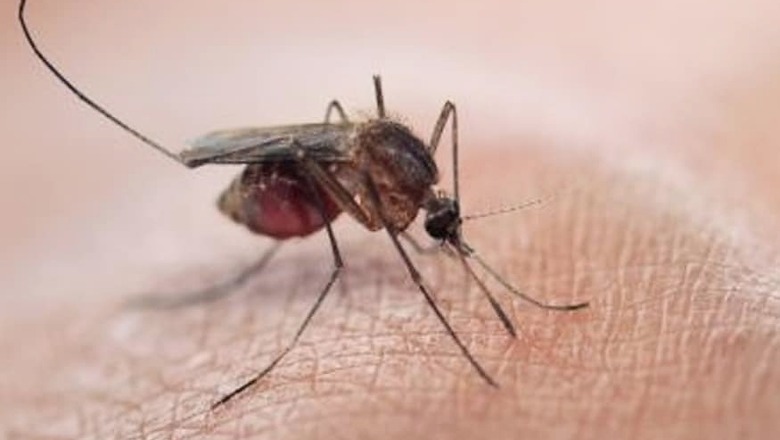
views
While it is often thought that the roles of immunity defense are confined to the white blood cells, the potential of red blood cells to defend from pathogenic invaders is often overlooked. This holds special significance for the Plasmodium parasites that cause the blood-borne disease malaria.
Notably, a report in News Medical Life Sciences reveal that cases of sickle cell anemia are concentrated in the African Malaria Belt, where malaria is endemic. Turns out this is because the condition offers protection from malaria, as it causes physical alterations to red blood cells shape and structure.
According to the report, the types and structures of the molecules coating the cell surfaces which interact with molecules on other cells, can also affect the ability of parasites to invade cells and cause infection.
The specific features of the molecules define blood group and as research progresses, one sees a greater correlation between changes in blood cell membrane proteins and carbohydrate structure and vulnerability to malaria.
Notably, traits which are beneficial towards defense from Malaria remain relatively localized in Malaria stricken areas.
Specialists are often divided whether Malaria parasite helped in shaping the way cells are structured by asserting selective pressure or if the parasites are reacting to spontaneous blood cell mutations leading to alterations in parasite behavior.
According to scientists, while O blood types are more likely to get bitten by mosquitos, they are much less likely to develop severe Malaria; a trait which stems from the red blood cell surface coat in people with O blood types.
Furthermore, antigen-lacking surfaces that characterise A and B blood groups hinders the ability of the Malaria parasite to recognise and bind to the red blood cell. This reduces the likelihood of it invading the cell.
Duffy Antigen Receptor for Chemokines (DARC), when expressed on the surfaces of young or immature red cells, provides the key recognition point for a specific species of Malaria parasite (Plasmodium vivax).
Interestingly, populations exist in African and Middle Eastern countries which are almost exclusively devoid of this molecule, which make these individuals effectively immune to P. vivax infections. The existence of this blood group does perhaps suggest that the Plasmodium parasite is influencing the evolution of red blood cells. This represents a key choice for natural selection and shows that rather than choosing the molecular scavenging role of the Duffy antigen instead, disease immunity appears to have been selected for.


















Comments
0 comment